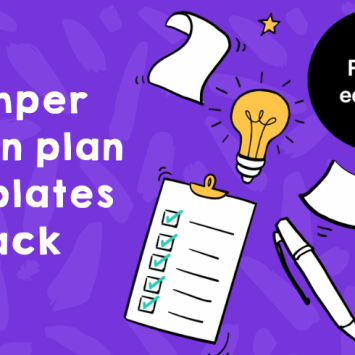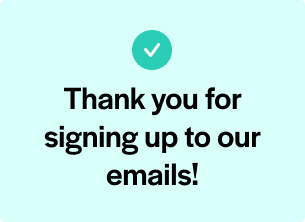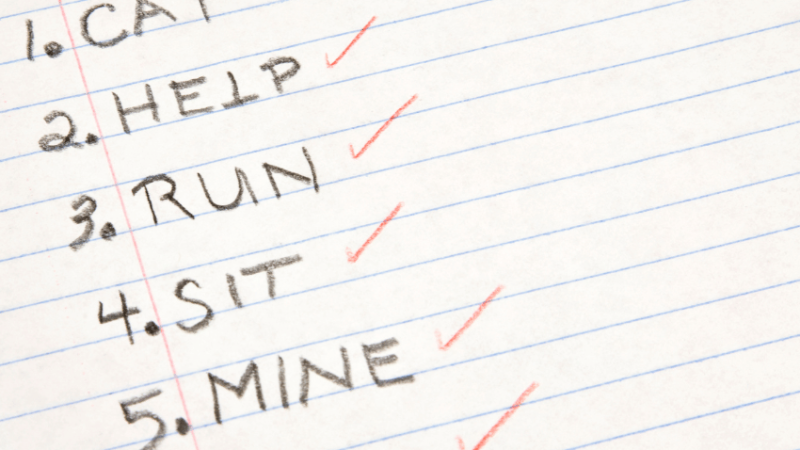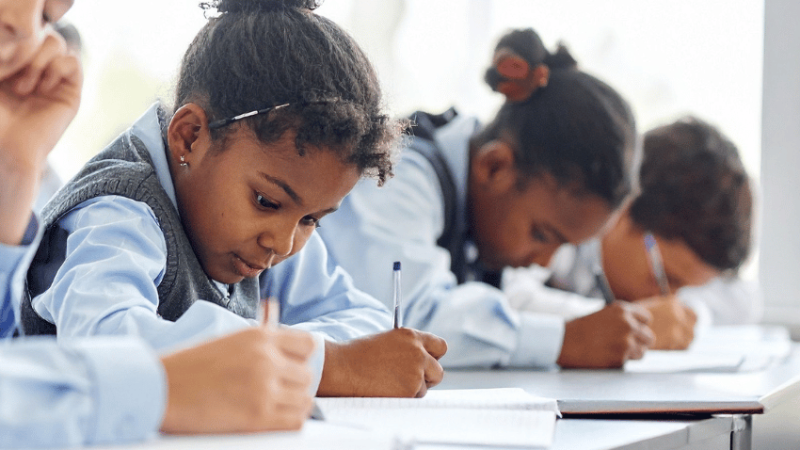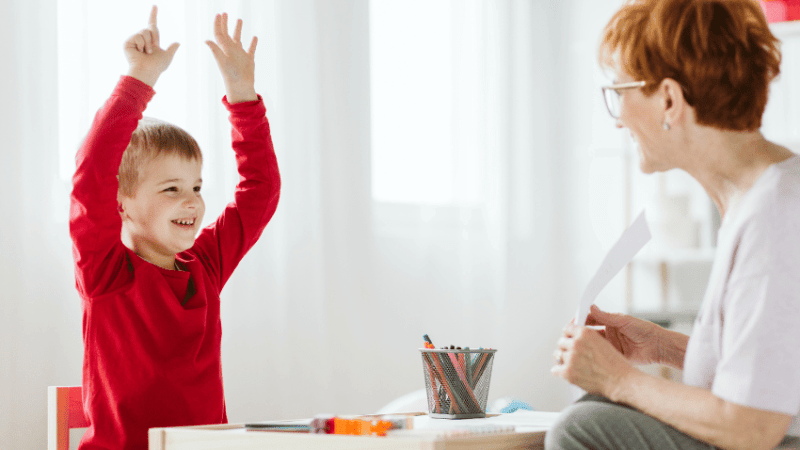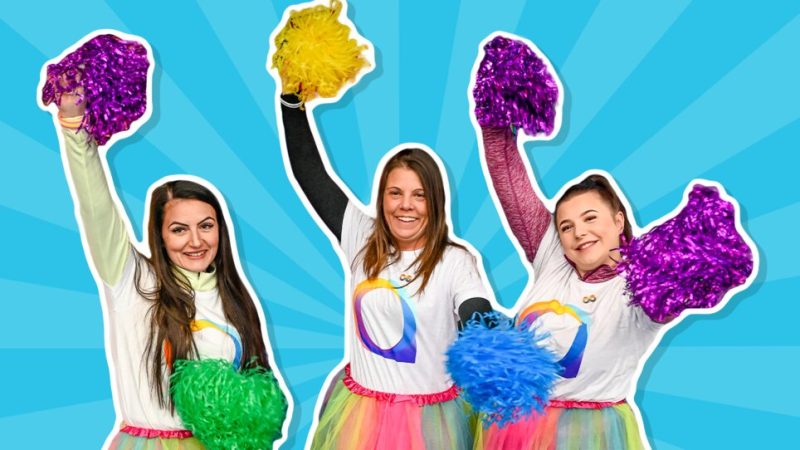ELSA support – Information for schools and parents
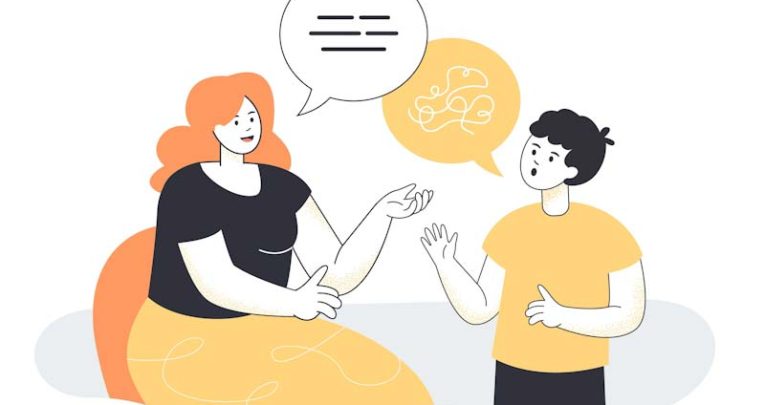
Emotional Literacy Support Assistants can help children understand what is driving negative behaviour and to explore their emotions…

- by Penny Lasham
- AHT, SENCO, EAL co-ordinator, ELSA and coach
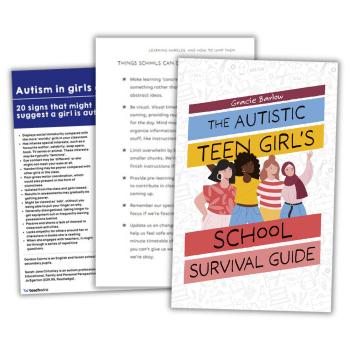
ELSA stands for Emotional Literacy Support Assistant and is the name given to someone who has undertaken official training to provide ELSA support.
As well as completing the registered course, which is run by educational psychologists, ELSAs must also participate in half-termly supervision sessions. They will be a member of school staff and may be a teaching assistant, teacher, family worker, or hold another position within the school.
What is ELSA support?
ELSAs may work with individual children or small groups, usually for a set period of time; roughly six weeks. They will see the child once a week for between 20 minutes and an hour, depending on need and the focus of the sessions.
The topics that an ELSA may cover with a child are varied and expansive. It will completely depend on the needs of the child as to what an ELSA session will focus on. Some topics that may be covered include:
- self-esteem
- confidence
- emotional regulation
- anxiety
- bereavement
- friendship
- social skills
ELSA is not an intervention used to manage pupils with challenging behaviour.
What it can be used for is to help the child try to understand what is driving their behaviour and to look at their emotions. Behaviour is, after all, a form of communication and it’s our job to try to understand and support our pupils.
Information for parents – why does my child need ELSA support?
The first thing to know is that if ELSA sessions are offered to your child, it doesn’t mean anything is wrong. It may simply be that they have been identified as potentially benefiting from sessions to boost their confidence or self-esteem. Or that ELSA support might help them work on friendships, or deal with challenging life events and situations.
It’s a supportive process and you and your child absolutely have the choice over whether to take part or not. I would encourage you to do so though, as it can be hugely beneficial for pupils. Having some individual or small-group attention may really give them a boost and help them to understand themselves better.
If a school is considering ELSA sessions for your child, they will probably contact you to ask for your permission and to explain why they think it’s a good idea. They will then set out a series of (on average) six sessions to meet with the pupil each week, and work on a set of identified objectives.
Sessions are confidential between the pupil and the ELSA. However, anything they identify as a safety concern or a real worry for the child they would of course share. There should also be some kind of feedback for parents and the child’s teachers.
Information for ELSAs or schools considering ELSA
There are lots of things to think about if you are considering training staff to deliver ELSA sessions.
1. Who will you train?
Think about staff best placed to deliver sessions. They need to be appropriately experienced and able to be released to deliver sessions.
2. Where will sessions take place?
Consider whether you have space you can dedicate solely to ELSA or a room you can timetable weekly for it. It needs to be somewhere quiet and confidential where sessions won’t be disturbed. (Sometimes ELSA support can include delicate conversations with pupils.)
3. When and how often will sessions be held?
Work out how often you can release staff, and which lessons you can spare adults and pupils from. ELSA work is incredibly important, but you don’t want the child to always be missing core lessons or their own break times.
4. How will you identify children in need of ELSA sessions?
Think about who will identify the children in need and how they will bring them to the attention of the ELSA or the SENCo. Also consider whether ELSA is the right pathway for them or whether they need a different approach or alternative intervention.
5. How will you inform parents before sessions begin?
Plan how you will communicate with parents about what ELSA is and why you feel their child would benefit from sessions. You can find a parent communication proforma at tinyurl.com/tp-ELSAparentcomms
6. How will you feed back to parents and staff when sessions have concluded?
Decide on the format you will use to tell teachers how sessions have gone and feed back anything relevant to parents, whilst also considering the child’s confidentiality.
7. Is everyone on board?
Determine whether the headteacher and senior leadership team are keen for ELSA to happen. Do they, and other colleagues, understand what ELSA support entails and why it’s important? If you have everyone’s backing, it’s more likely to be a success and to keep happening.
When you do the training course, you will get to understand exactly how to run your sessions and how to organise them each week in order to meet your identified objectives.
There is a huge amount of support and resources to do this, and you will find that the sessions almost naturally evolve week to week as you build a relationship with the pupil(s) participating.
ELSA and Special Educational Needs and/or Disabilities (SEND)
Lots of people ask whether children with SEND can take part in ELSA sessions, and the answer is, definitely, yes! Consider the individual needs of each pupil you put forward for ELSA and ensure you make appropriate adjustments for them.
Pupils with SEND often have additional difficulties linked to their everyday experiences, and it is important to address these and support them. For example, a child with autism that struggles to maintain friendships may benefit from individual or group sessions working on:
- how to interact and converse with their peers
- how to identify appropriate friendships
- strategies to help them start conversations with their classmates.
A child with any additional need may experience low self-esteem as a result, and benefit from sessions focusing on building their confidence. These are hypothetical situations as examples, and all children should have interventions tailored to their individual needs.
Evaluation of sessions
All sessions should be evaluated and monitored to record impact. This can be tricky as much of what an ELSA does is conversing with the pupil. There are no tests they can sit to see if ELSA has helped them, and no data to measure as you might for curriculum subjects. But there are things you can do to help evaluate your work:
- Pre- and post-session checklists – there are checklists available to fill out with the child to see how they feel about things before their sessions begin and after they conclude.
- Visuals are useful to help a child identify how they feel without having to verbalise it. Things like blob tree posters and visual scales can be helpful here and can be revisited afterwards, too.
- Discussions – all evaluations and data you collect should be considered alongside discussion with staff around their observations of the pupil in school and parents at home. You can find an example ELSA record sheet at tinyurl.com/tp-ELSArecord.
Think about where you will store evaluations and feedback about ELSA. Will they be stored in the child’s file? Will they be added to a system you already have that collects information about the children? Who can access the information?
Creating the environment
It’s important that other members of staff within the school understand the importance of ELSA support and why it’s happening. That way they can respect the space and will happily allow pupils to leave their lessons to attend.
Not allowing attendance will induce stress for the child and can make them not want to take part. However, it’s also important to try and timetable sessions with as little disruption to the school day as possible, and to try and avoid times during core subjects.
It’s also important not to use up a child’s break and lunch time as these are their periods of relaxation. A child that may be having sessions in ELSA around social skills and friendships isn’t going to benefit from missing social time with their peers where they practice these skills. It’s tough to find time!
Practical room ideas
It would be ideal to have a dedicated space to work in as an ELSA, but for many that is difficult to achieve. Wherever ELSA sessions are taking place, though, the focus should be on creating a safe, welcoming environment for the child or young person. Children should feel comfortable in the space, and the session absolutely should not be disturbed.
- Think about resources you can use that will enhance sessions and allow conversation during activities. Sand and kinetic sand are great to use, as are water and Lego. The resources need to be of interest to the child.
- Think about where you can store resources so they won’t be used by others – or will at least be returned to the same place and will be there when you need them.
- If you need to change locations, you could have a moveable display board with your posters, session rules and other information on. That way, you can take them with you wherever you go. It will provide an element of consistency and familiarity, even if you are in a different room each time.
- Other things to consider in your space are lighting and soft furnishings. Do you have comfortable seats on which to discuss things? Are the overhead lights harsh and distracting? Could you use lamps or open blinds to let in natural light? Do you want any soft toys, cushions or weighted blankets available? You might not feel you need these things, but there may be some children who would benefit from them.
Displays
An ELSA space should be warm and welcoming, and one way in which to achieve this is to create displays. Cheerful and calm colours, mindfulness techniques, inspiring quotes and relaxing images may all help the overall experience.
There are many websites with dedicated ELSA resources, but many more sites offer display resources that may be of use. You can see some examples of what other teachers have done at elsa-support.co.uk/elsa-displays.
One display to have on show each week is the ELSA pupil confidentiality agreement. This is drawn up between the ELSA and the child or young person at the start of the first session. It sets out the rules they agree upon for their sessions. These could include (but are not limited to):
- respecting opinions
- confidentiality (with safeguarding limits)
- active listening
- not interrupting, etc.
You may also choose to have on display some mindfulness techniques, breathing exercises or other calming activities or images. Perhaps you could create an individual display for each participant based on their need(s) and interests. Pupils could contribute to the display themselves.
Games and play
Building a relationship with your pupil participant is key in all ELSA sessions, as it is in any intervention. You may be discussing delicate topics, and you want your pupil to feel comfortable enough to do so, which may take time.
Games and play activities are a great way to start to break down barriers and nurture that relationship. I couldn’t possibly list all the possible games and activities available, but anything that encourages conversation is useful. Games where you are competing against each other may help to increase confidence and help children that struggle with turn-taking and not winning.
Activities such as jigsaw puzzles that can be played alongside another person are also helpful for pupils who need a less competitive atmosphere, or who need some quiet time with you before you begin your main activity or conversation.
Then there are toys such as sand, cars, Lego, dolls, etc, which will all be great tools for you to use with your child, depending on their interests. If you can have a dedicated space to work in where some of these activities and games are available, the child will often guide you to what they would like to do. Let them play if they need it.
Safeguarding
ELSA sessions can sometimes be the place where a child feels most comfortable to be able to share information with you, and this might lead to disclosures.
It is important from the start to make sure the pupil you are working with is aware of the fact that sessions are confidential, unless there is something shared that could compromise their safety, or someone else’s safety.
Be honest and clear that if you feel you need to share any information, you will need to talk to the Designated Safeguarding Lead (DSL) about it. Make this clear to parents, too, and always follow your school policies for reporting anything necessary.
Where to find ELSA resources
- The ELSA Network facilitates most of the training for educational psychologists and local authorities. It contains lots of valuable information about ELSA, including further training, and lots of resources.
- ELSA Support includes a wealth of resources to support practicing ELSAs with planning their sessions.



